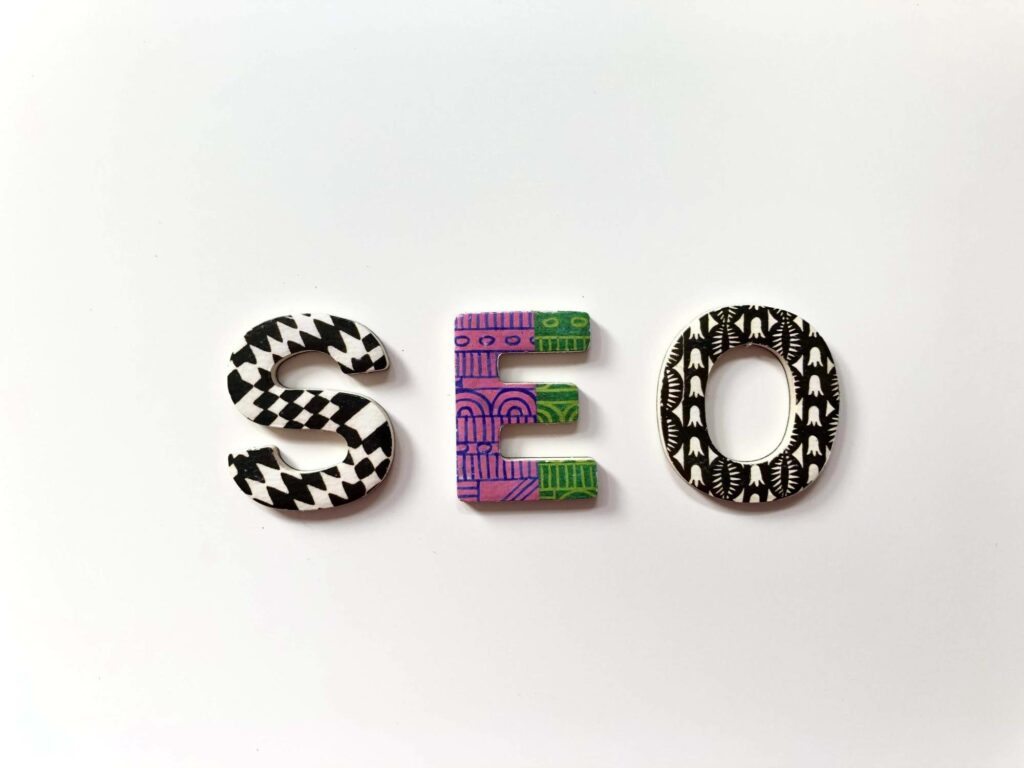Before we get into details on how to create a good landing page that maximises your conversions, let’s firstly define what a landing page is for, and how it’s different from your other website pages.
The main objective of a landing page is to increase conversion rates to reach your business goals. A landing page can be your homepage or any other page on your website, and it can also be a standalone page created for a specific product, sale or campaign. Landing pages are often found organically, using keywords and high-ranking search results.
Landing pages can be promoted through Google Ads or other similar services and exist for one principal reason:
CONVERTING
In addition to increasing conversions, there are other benefits of effective landing pages:

Enhancing SEO Ranking: Landing pages are designed to target a specific set of search terms, and because they are usually promoted using Google Ads or other paid boosting methods, landing pages move up in ranking and get your products or services in front of people searching for similar topics.

Promoting a product, service or sale: Landing pages focus on a specific promotion, product or sale, hence it moves one specific sale or marketing goal for higher conversion, giving you the opportunity to track the success of a particular product, goal or set of keywords.

Make buying or subscribing easier: Landing pages act as a portal to move visitors down the funnel efficiently. Users will find your CTA straight away on the landing page and proceed to buy, subscribe, sign up, or join.
Now let´s get started on how to create a landing page that converts. We will go through nine key steps that will help you optimise your landing pages and, consequently, generate leads.
STEP ONE: BE CLEAR ABOUT YOUR CAMPAIGN GOALS
It’s a common mistake to develop landing pages that lack focus on a specific goal or CTA. If landing pages have multiple offers users get confused and lose sight of the conversion of the landing page.
It’s key to create landing pages that focus on a specific offer or solution.
STEP TWO: WRITE SIMPLE AND DIRECT HEADLINES
You have only a few seconds to grab your visitor’s attention. It’s crucial that your headline is clean, simple and direct.
STEP THREE: WRITE CONVINCING COPY
Regardless of how well designed your landing page is, visitors will not convert if the content is not convincing. For better conversions, you need your landing page copy to be convincing, direct and genuine.
STEP FOUR: USE THE RIGHT VISUAL CONTENT
Visual content is an essential component of your landing pages. Visitors will be impacted by the images on your landing page immediately, so it’s important that all images you use are in sync with the content of the landing page to make the message stand out. Keep your efforts on providing high-quality and relevant visuals.
STEP FIVE: IMPLEMENT EFFECTIVE CTAs
An effective CTA is the best way to get users to take action.
Every detail of the CTA matters to get users to take action making them the most important element on your landing page.
Ensure the CTA button contrasts in color to the background of the landing page. Orange, blue or green CTAs often work well. The size of the button should not be too small so that users don´t find it and neither too large. It should be the right size and combine with the layout.
Finally, the message emphasizes the importance of the CTA. To improve the conversion rate, it should transmit a sense of need for the particular product or service you are trying to promote.
STEP SIX: MAKE SURE YOU HIGHLIGHT YOUR VALUE PROPOSITION
To get your visitors attention, let them know the unique things you offer . What is so unique about you? Make sure you highlight it!
STEP SEVEN: LANDING PAGE SPEED

Loading time matters: It’s crucial for your landing page to load within a few seconds. To reduce your page loading time, Google PageSpeed Insights can give you relevant suggestions. Make sure you fill all issues to improve your page speed and also to help SEO.
STEP EIGHT: OPTIMISE YOUR FORMS
In order to get your visitors contact details, your landing page needs a form. Regardless of how convincing your landing page content and images are, users will need to trust your form prior to providing you with their contact details.
Users are more likely to give out their email address than their contact number.
Additionally, the form placement plays a relevant role too. Visibility and actionability are two key factors when it comes to landing page conversion.
STEP NINE: TEST YOUR LANDING PAGES
Testing is a compulsory step to improve your landing page conversion rate.
A/B testing allows you to test several landing page layouts and content to determine which works better for your target audience.
We hope that the key steps we have just provided you with will give you a foundation to frame each element of the landing page, leading to improved conversion.
If you want to have the website you want or increase the online visibility of your brand, we know how to do it.
Shall we start today?
Leave a Reply